20 Generative Adversarial Networks
About 841 wordsAbout 3 min
computer-vision
2025-01-14
Generative adversarial networks: architecture, training objective, optimality, and variants of GANs.
@Credits: EECS 498.007 | Video Lecture: UM-CV
Personal work for the assignments of the course: github repo.
Notice on Usage and Attribution
These are personal class notes based on the University of Michigan EECS 498.008 / 598.008 course. They are intended solely for personal learning and academic discussion, with no commercial use.
For detailed information, please refer to the complete notice at the end of this document
Generative Adversarial Networks
Setup: Assume we have data xi drawn from distribution pdata(x). Want to sample from pdata
Architecture
Idea: Introduce a latent variable z with simple prior p(z)
- Sample z∼p(z) and pass to a Generator Network x=G(z)
- Then x is a sample from the generator distribution pG. Want pG=pdata
- The Discriminator Network D is trained to classify data as real or fake
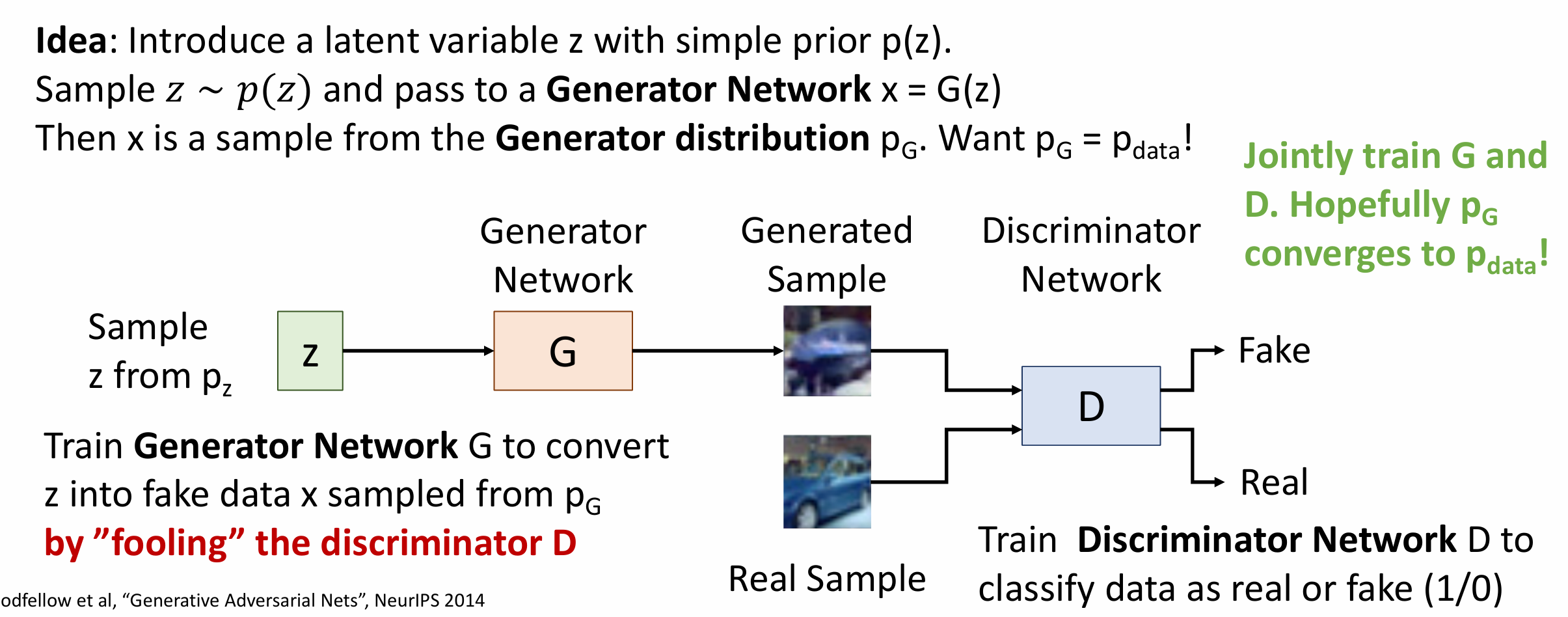
GAN
Training Objective

GAN: Training Objective
Problems:
- We are not minimizing any overall loss, and there is no training curves to look at.
- Vanishing gradients for G:

Optimality
Optimal Discriminator
This expression cannot be computed since it involves pdata。
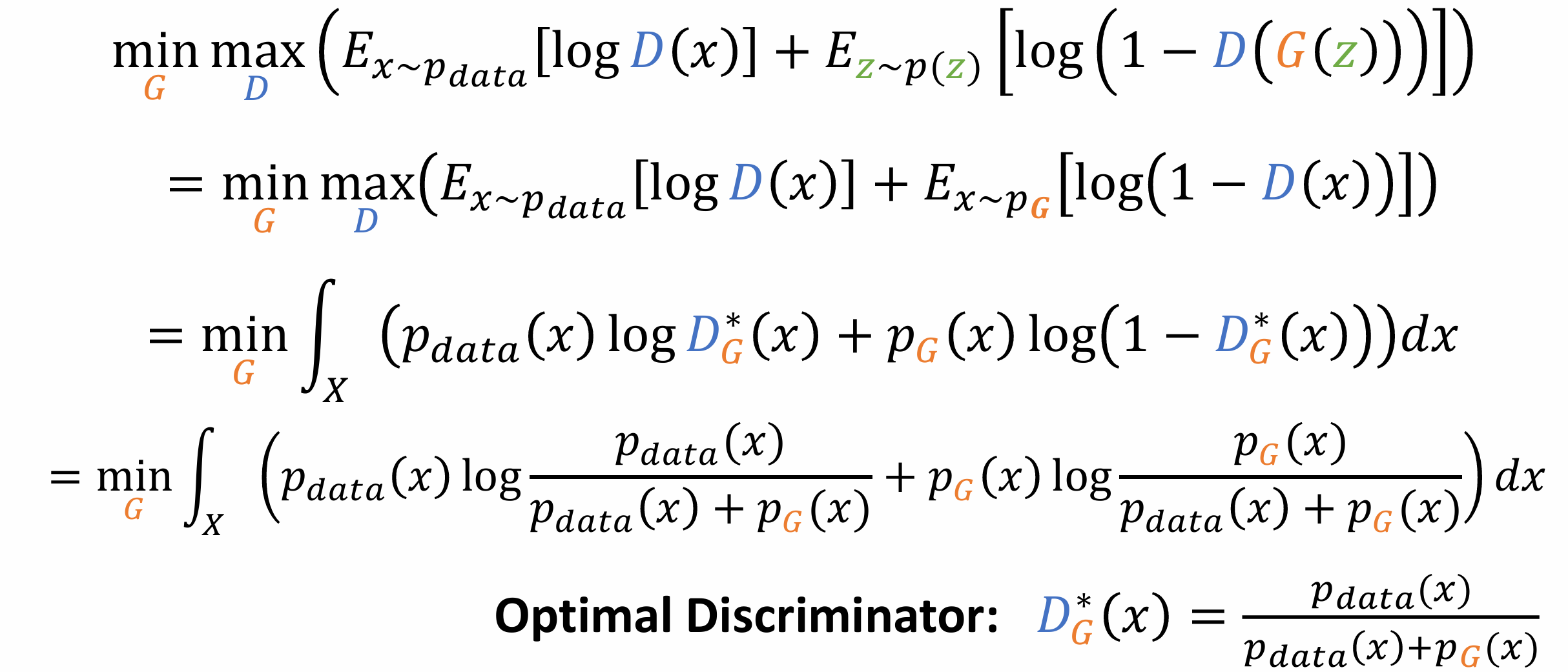
GAN: Optimal Discriminator
Optimality
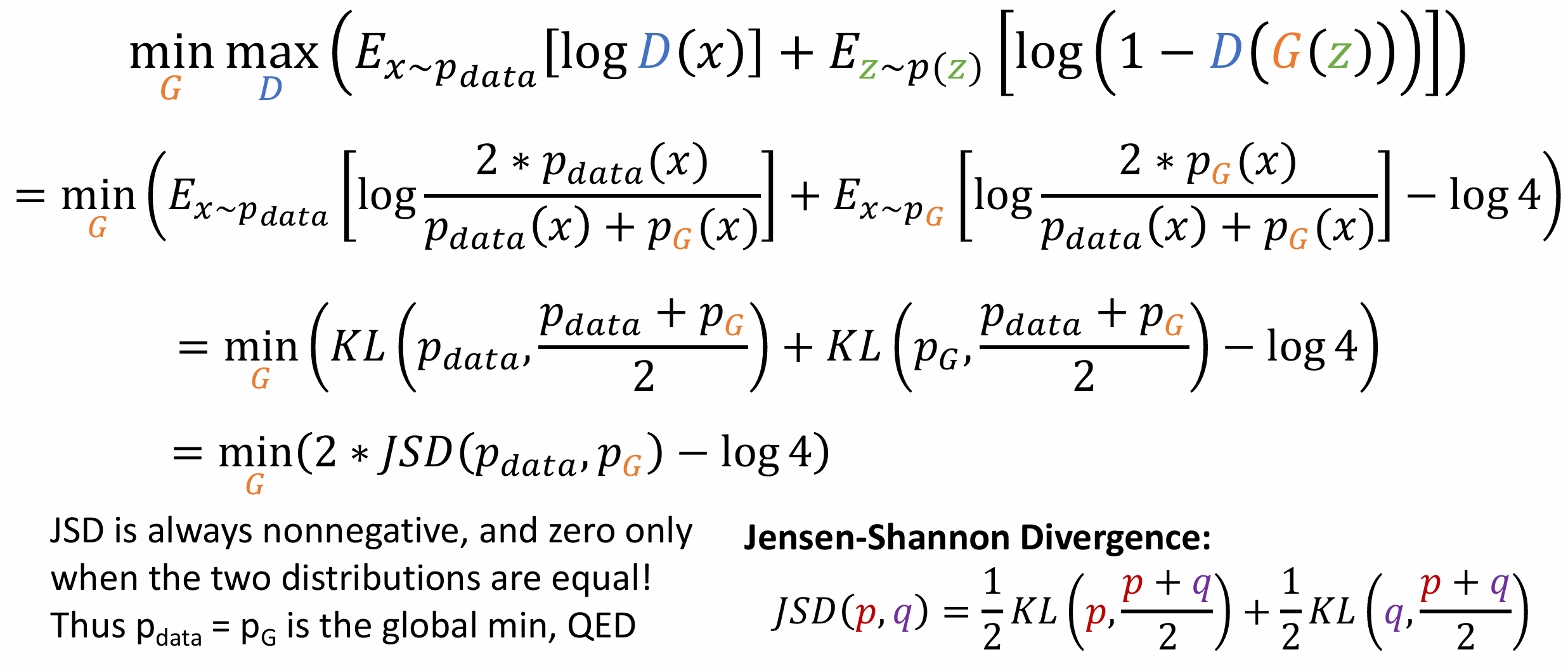
GAN: Jensen-Shannon Divergence
Summary
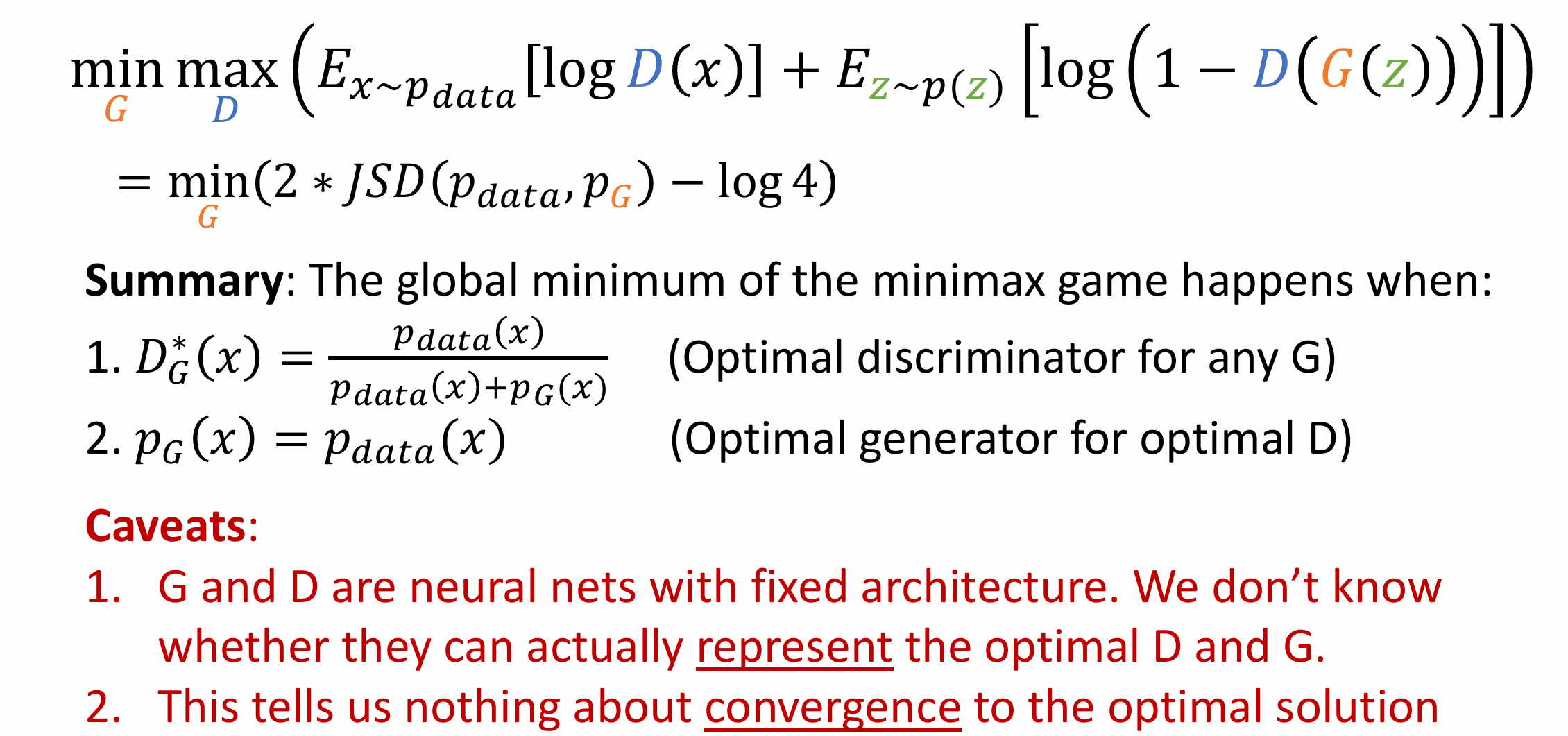
GAN: Jensen-Shannon Divergence
Variants of GAN
DC-GAN
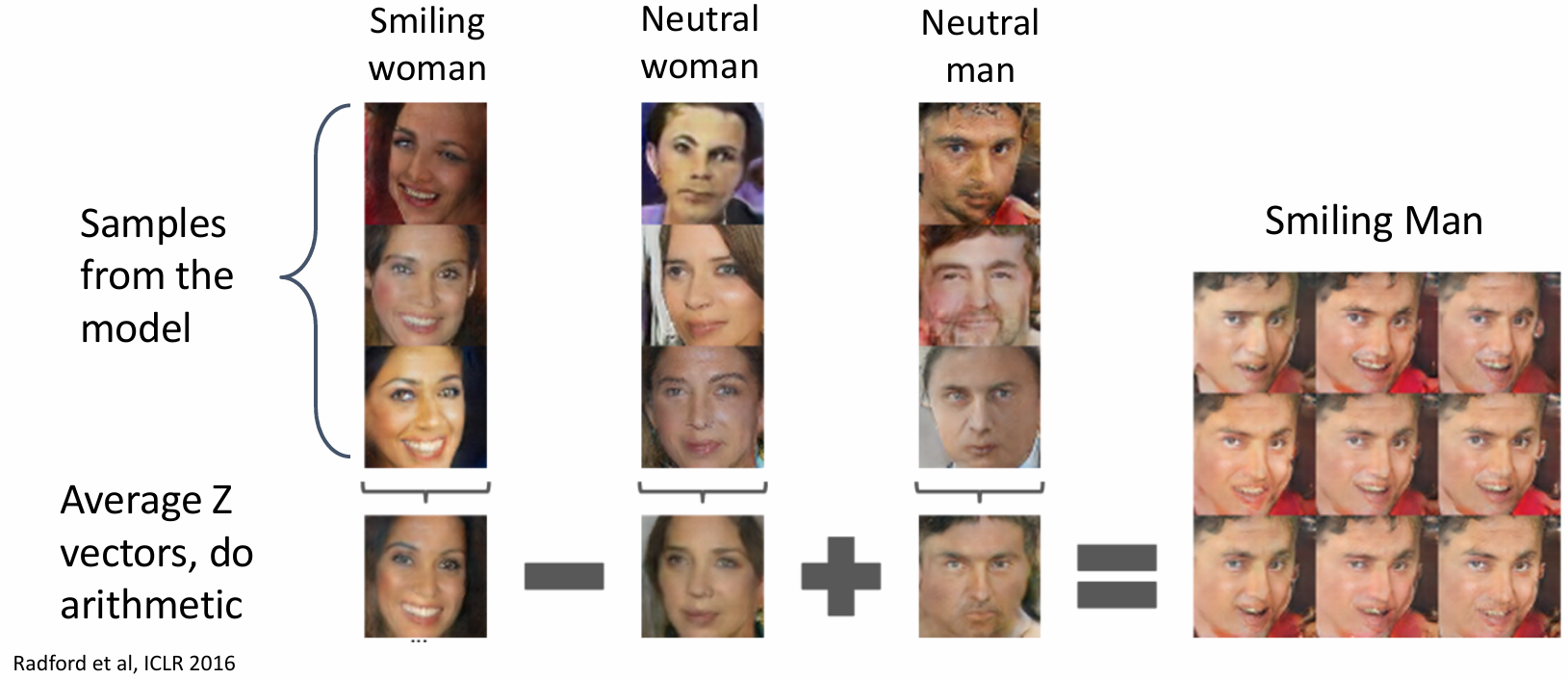
Fun facts
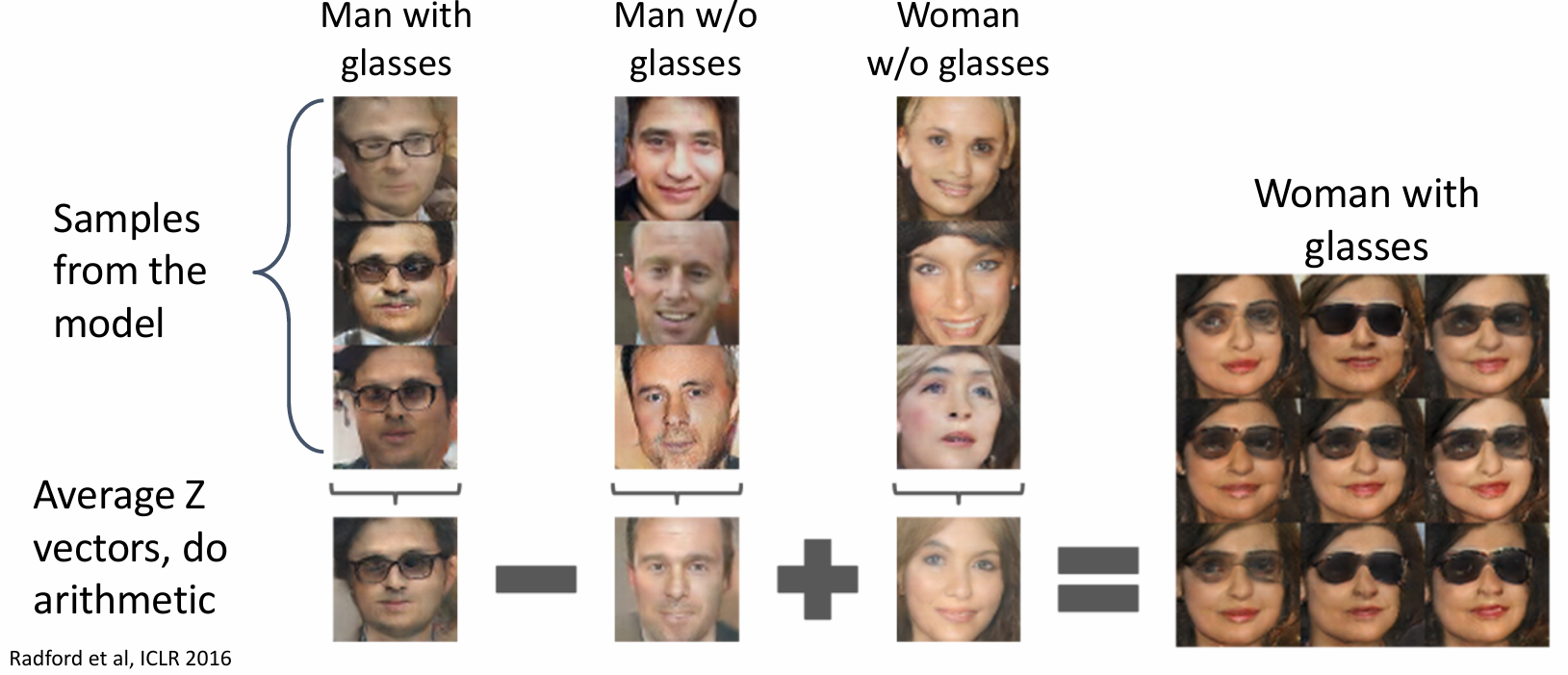
Fun facts
Conditional GANs
A style-based generator architecture for generative adversarial networks, CVPR 2019
A learned representation for artistic style, ICLR 2017
Conditional batch normalization
BigGAN
Large Scale GAN Training for High Fidelity Natural Image Synthesis
Generating Videos with GANs
Adversarial Video Generation on Complex Datasets, Arxiv 2019
Text2Img
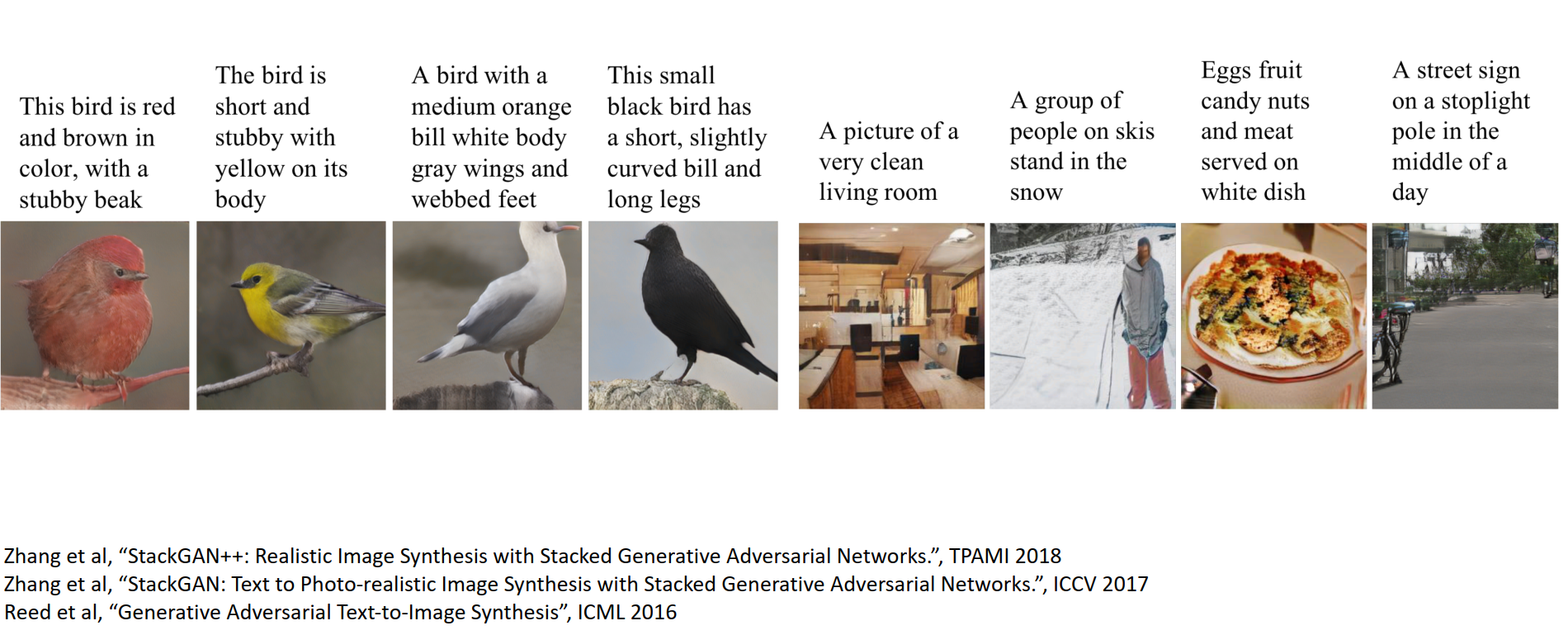
Zhang et al, “StackGAN++: Realistic Image Synthesis with Stacked Generative Adversarial Networks.”, TPAMI 2018
Zhang et al, “StackGAN: Text to Photo-realistic Image Synthesis with Stacked Generative Adversarial Networks.”, ICCV 2017
Reed et al, “Generative Adversarial Text-to-Image Synthesis”, ICML 2016
Super-resolution
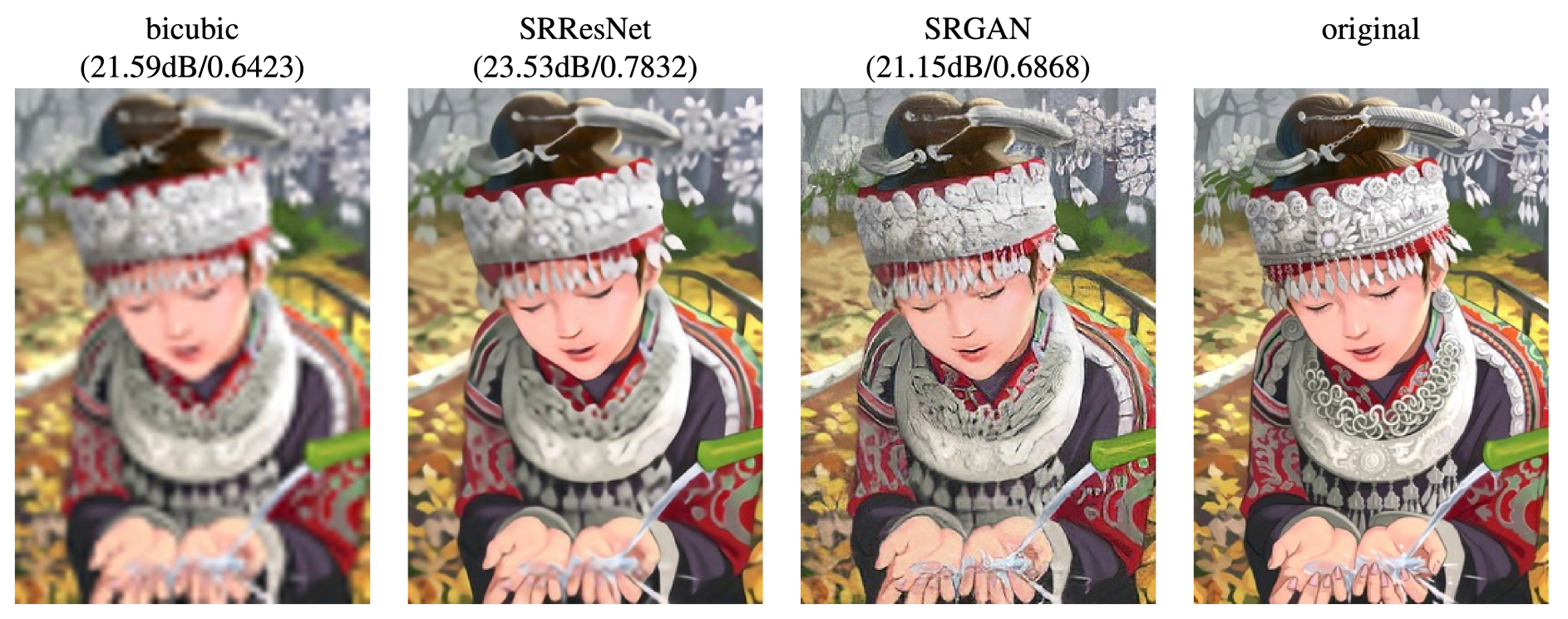
Ledig et al, “Photo-Realistic Single Image Super-Resolution Using a Generative Adversarial Network”, CVPR 2017
Pix2Pix
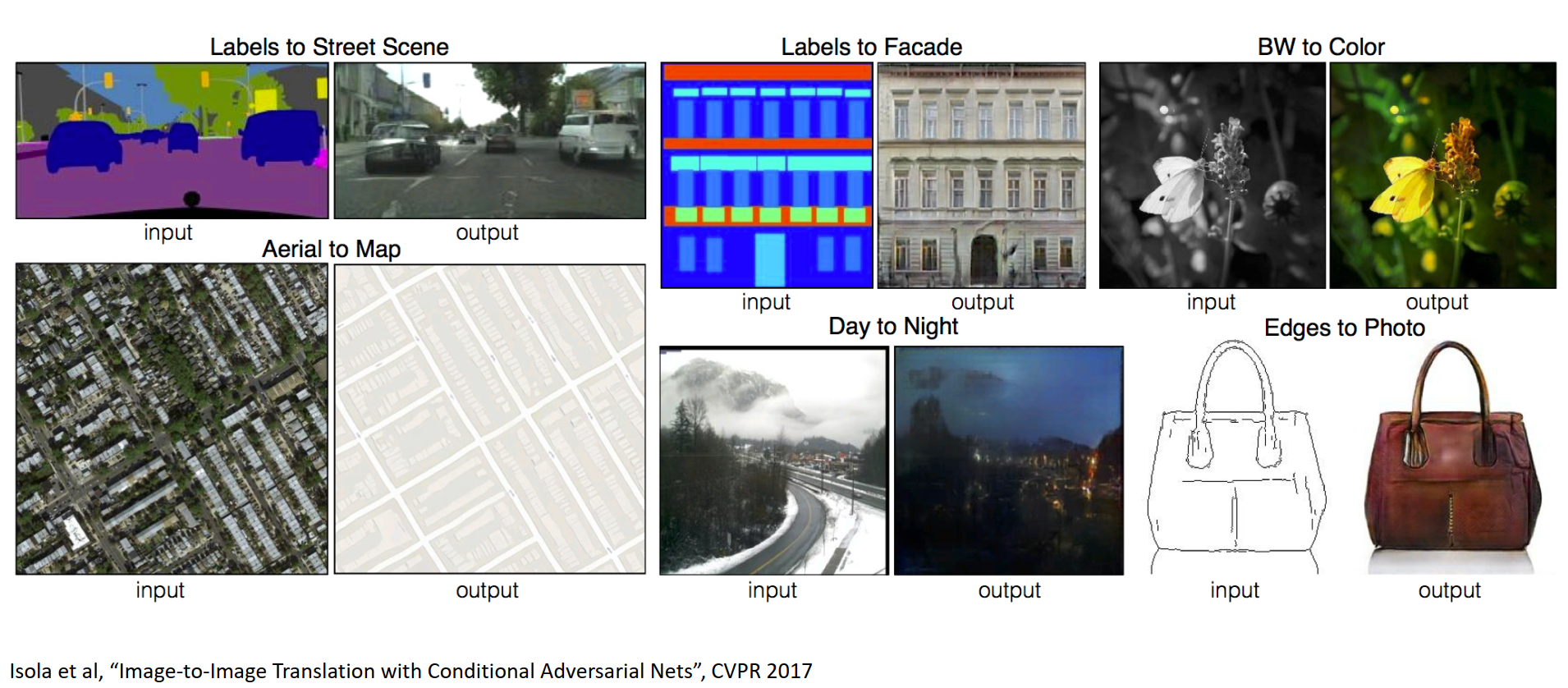
Isola et al, “Image-to-Image Translation with Conditional Adversarial Nets”, CVPR 2017

Zhu et al, “Unpaired Image-to-Image Translation using Cycle-Consistent Adversarial Networks”, ICCV 2017
Label Map to Img
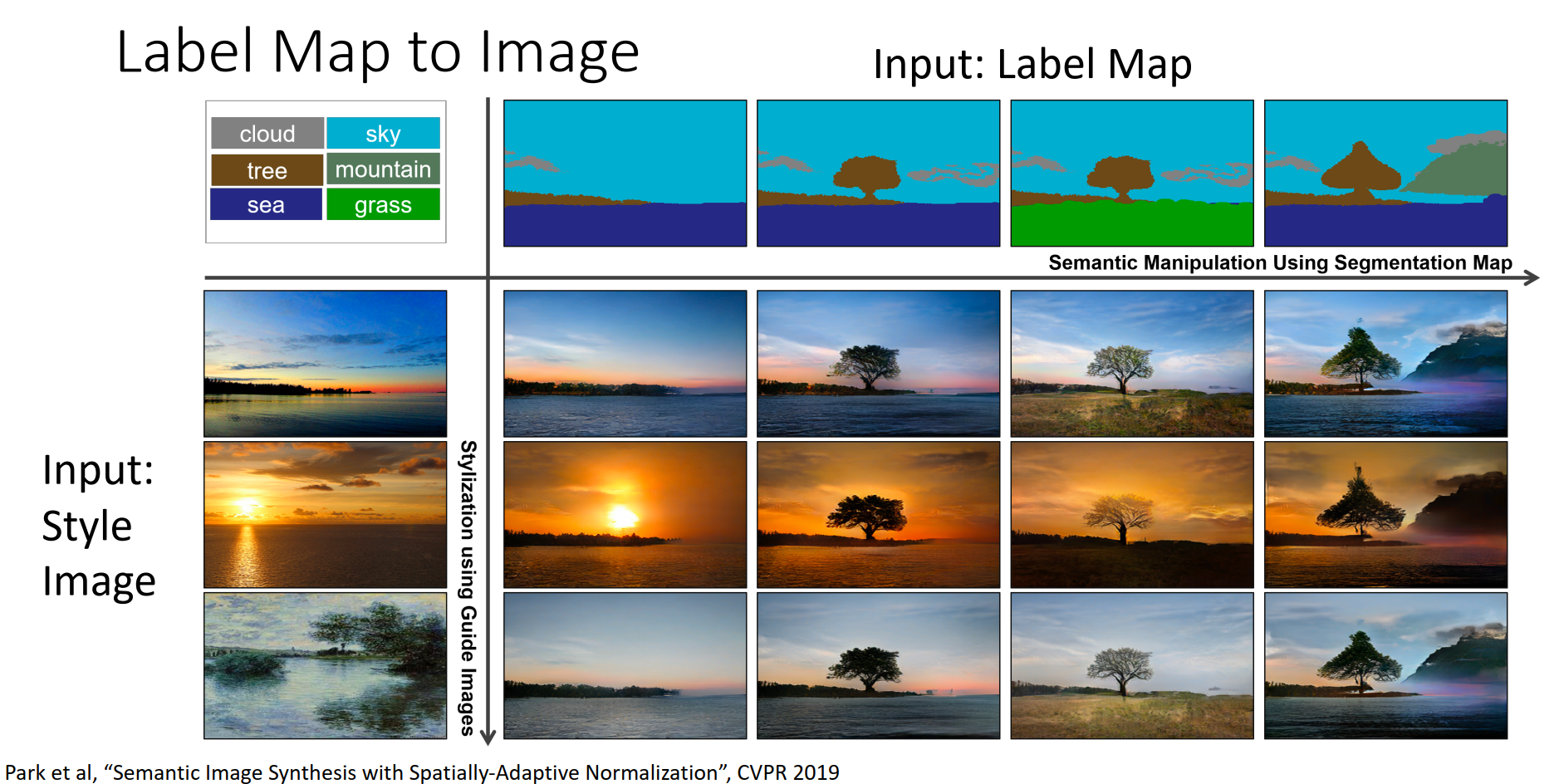
Park et al, “Semantic Image Synthesis with Spatially-Adaptive Normalization”, CVPR 2019
Trajectory Prediction
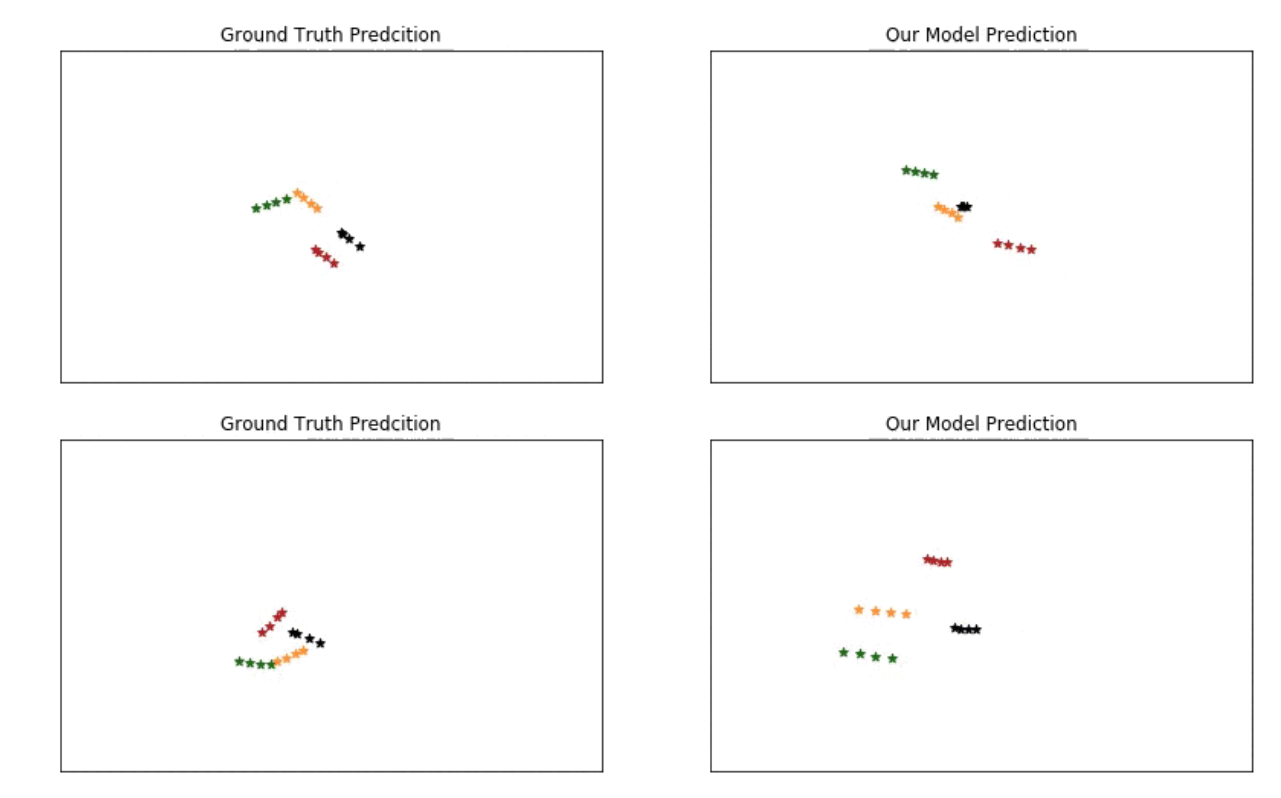
Gupta, Johnson, Li, Savarese, Alahi, “Social GAN: Socially Acceptable Trajectories with Generative Adversarial Networks”, CVPR 2018
Notice on Usage and Attribution
This note is based on the University of Michigan's publicly available course EECS 498.008 / 598.008 and is intended solely for personal learning and academic discussion.
- Nature of the Notes: These notes include extensive references and citations from course materials to ensure clarity and completeness. However, they are presented as personal interpretations and summaries, not as substitutes for the original course content. Please refer to the official University of Michigan website for complete and accurate course materials.
- Third-Party Open Access Content: This note may reference Open Access (OA) papers or resources cited within the course materials. These materials are used under their original Open Access licenses (e.g., CC BY, CC BY-SA). Every referenced OA resource is appropriately cited, including the author, publication title, source link, and license type.
- Copyright: All rights to third-party content remain with their respective authors or publishers. If you believe any content infringes on your copyright, please contact me, and I will promptly remove the content in question.
Thanks to the University of Michigan and the contributors to the course for their openness and dedication to accessible education.